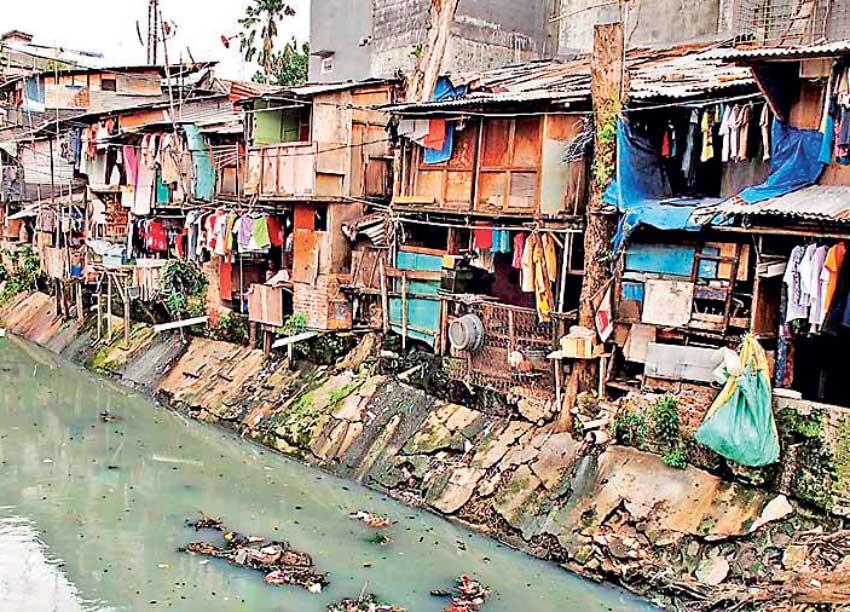Reply To:
Name - Reply Comment

Several nations in Asia and the Pacific would struggle more than before to escape poverty, as the outbreak of the COVID-19 pandemic has created a setback of about two years, a report by the Asian Development Bank (ADB) said. The 53rd edition of the Key Indicators for Asia and the Pacific for 2022, released by the ADB yesterday, revealed that the pandemic has interrupted a long trend of poverty reduction in the region. Economies are recovering but the progress is uneven, the ADB said.
The ADB noted that the pandemic may also have worsened forms of poverty beyond income, such as food insecurity and inadequate access to health services and
education.
Had the COVID-19 pandemic not happened, the region’s economic growth was on track to reduce extreme poverty in 2022. That is, a lesser proportion of the population in Asia and the Pacific would have been living off less than US $ 1.90 per day.
However, the reality is that the pandemic did bring the global economy to a standstill. As a result of that hit, along with the other challenges that followed, people in the region with lower pre-pandemic levels of social mobility may experience longer-lasting setbacks, data simulation showed.
According to ADB Chief Economist Albert Park, the poor and vulnerable have been hit hardest by COVID-19 and while economies are recovering, many people may find that getting out of poverty is even more difficult than before.
“Governments in the region should focus on resilience, innovation and inclusiveness to provide more balanced economic opportunities and greater social mobility for everyone,” he said.
By 2030, the prevalence of extreme poverty in the region is expected to drop below one percent. At the same time, about 25 percent of the population is projected to achieve at least the middle-class status, defined as having an income or consumption of US $ 15 or more a day, adjusted for purchasing power parity.
However, the ADB cautioned that this outlook is threatened by the differences in social mobility as well as other uncertainties.
“Developing Asia faces the potential for stagflation, ongoing conflicts involving key global actors, increased food insecurity and energy price shocks,” the agency cautioned in its latest statistical publication.
The Key Indicators for Asia and the Pacific present comprehensive economic, financial, social and environmental statistics for the ADB’s 49 regional members.